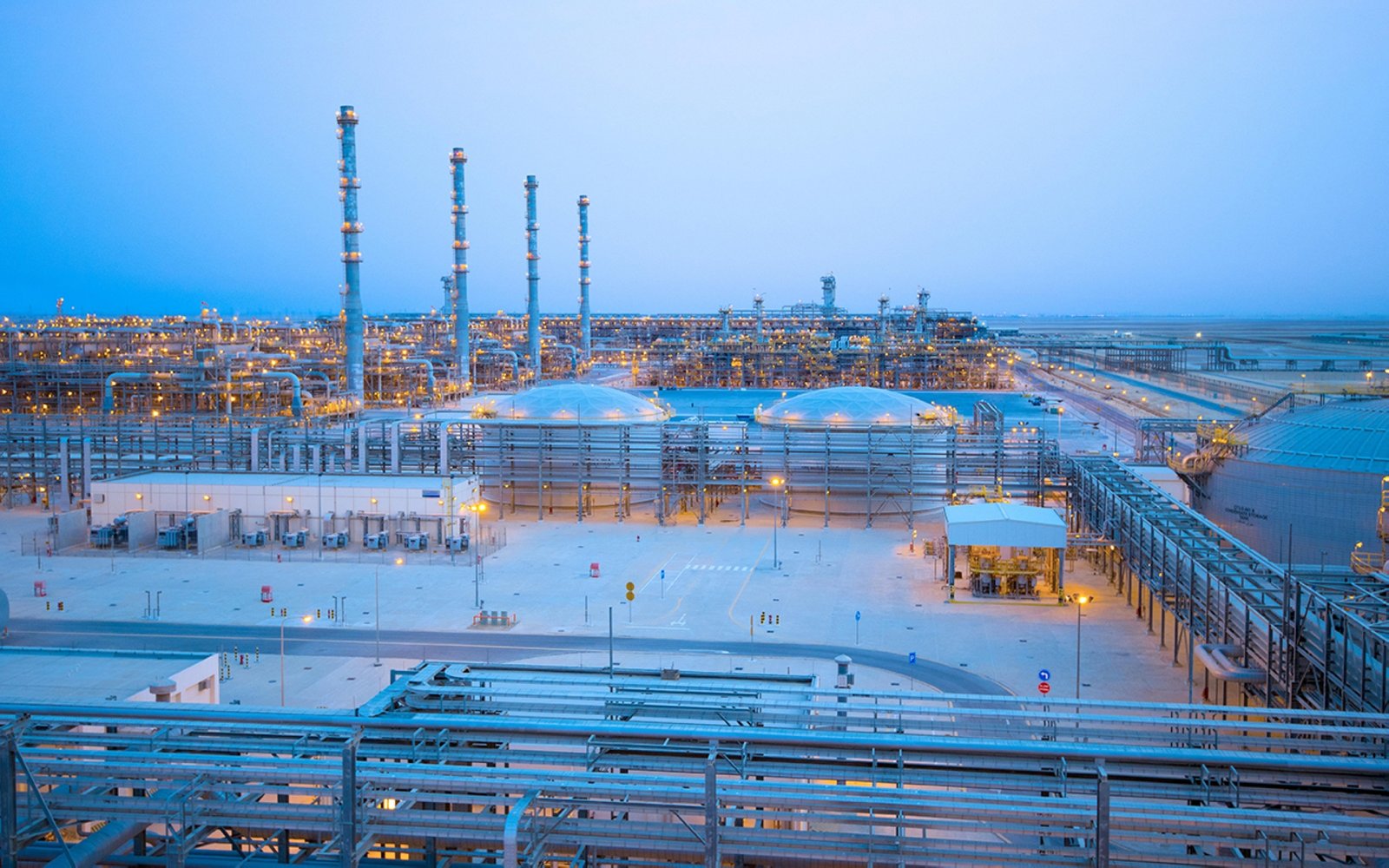Liquefied Natural Gas (LNG) has become the defining force in the global natural gas sector. Once seen as a niche solution to transport challenges, LNG now anchors international energy trade, reshaping supply chains, altering geopolitical balances, and offering a potential bridge in the transition to lower-carbon energy. As demand surges across Asia, Europe, and emerging economies, LNG’s role in the future of natural gas markets is more crucial than ever.
